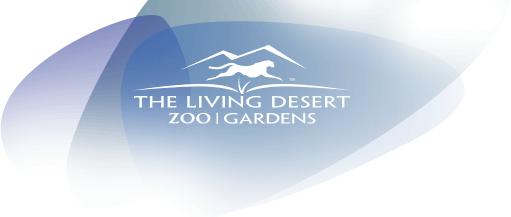The Living Desert Zoo and Gardens: Partnering with IUCN to Conserve Desert Wildlife
The Living Desert Zoo and Gardens is a non-profit organization dedicated to desert conservation through preservation, education, and appreciation. The zoo is home to over 3,000 animals representing more than 350 species from deserts around the world.
The Living Desert is also a proud partner of the International Union for Conservation of Nature (IUCN). IUCN is the world’s leading authority on the status of the natural world and the measures needed to conserve it.
The Living Desert’s partnership with IUCN is focused on three key areas:
- Conservation research: The Living Desert supports IUCN’s conservation research projects, which help to improve our understanding of desert ecosystems and the threats they face.
- Species conservation: The Living Desert works with IUCN to develop and implement conservation plans for threatened and endangered desert species.
- Education and outreach: The Living Desert partners with IUCN to provide educational programs and resources that help people learn about desert conservation.
The Living Desert’s partnership with IUCN is an important part of the zoo’s mission to conserve desert wildlife. Through this partnership, the Living Desert is helping to protect some of the most threatened species on the planet and ensure that future generations can enjoy the beauty and wonder of the desert.
Here are some specific examples of how The Living Desert is working with IUCN to conserve desert wildlife:
- The Living Desert is supporting IUCN’s research project on the desert tortoise, a threatened species that is found in the southwestern United States and Mexico. The project is studying the tortoise’s habitat needs and threats, and developing conservation strategies to protect the species.
- The Living Desert is working with IUCN to develop a conservation plan for the Arabian tahr, an endangered species of mountain goat that is found in Oman. The plan will identify the tahr’s threats and develop strategies to reduce those threats.
- The Living Desert offers educational programs on desert conservation to schoolchildren and other visitors. These programs teach people about the importance of desert ecosystems and the threats they face.
The Living Desert is committed to working with IUCN and other organizations to conserve desert wildlife. By working together, we can make a difference for the future of the world’s deserts.
Learn more about The Living Desert Zoo and Gardens and their work with IUCN at www.livingdesert.org.

